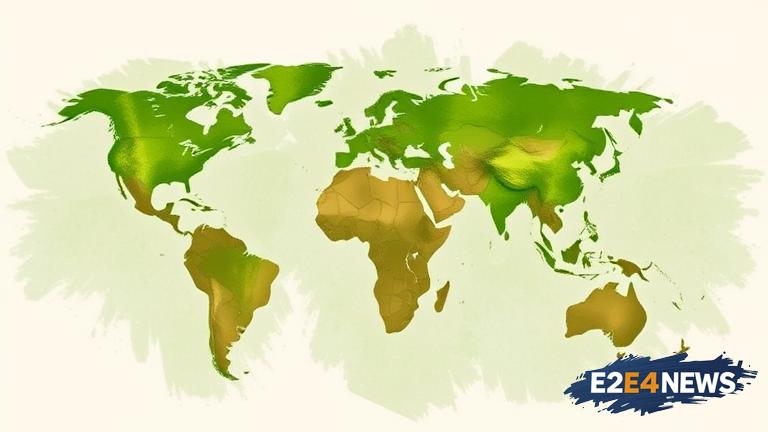The global matcha market is facing a severe shortage due to supply chain issues, leaving businesses and consumers scrambling to find alternative sources. The shortage is attributed to various factors, including climate change, pests, and diseases affecting matcha crops, as well as logistical challenges in transportation and distribution. Matcha, a finely ground green tea powder, is a popular ingredient in the food and beverage industry, particularly in the production of lattes, smoothies, and baked goods. The shortage has resulted in a significant increase in prices, making it difficult for businesses to maintain their profit margins. Many companies are being forced to seek alternative suppliers or reduce their matcha-based product offerings. The shortage is also affecting consumers, who are facing higher prices and reduced availability of matcha products. The global matcha market was valued at over $1 billion in 2020 and is expected to continue growing, driven by increasing demand for healthy and sustainable food options. However, the current shortage is threatening to disrupt this growth. Japan, the world’s largest producer of matcha, has been affected by extreme weather conditions, including heatwaves and typhoons, which have damaged matcha crops. Other major matcha-producing countries, such as China and Kenya, are also experiencing supply chain issues. The shortage has led to a surge in demand for alternative green tea products, such as sencha and gyokuro. Some companies are exploring new sources of matcha, including matcha produced in the United States and Europe. However, these alternative sources are still in the early stages of development and are not yet able to meet the global demand for matcha. The matcha shortage is also having a ripple effect on other industries, including the coffee and tea industries. Many coffee shops and cafes are being forced to remove matcha-based drinks from their menus or offer alternative products. The shortage is also affecting the baking industry, where matcha is a popular ingredient in cakes, cookies, and other baked goods. In response to the shortage, some companies are investing in matcha research and development, including the development of new matcha varieties and cultivation methods. Others are exploring new technologies, such as vertical farming and precision agriculture, to improve matcha yields and reduce the environmental impact of matcha production. The global matcha shortage is a complex issue, with multiple causes and effects. It is likely to continue to affect the market for the foreseeable future, until supply chain issues are resolved and alternative sources of matcha are developed. In the meantime, businesses and consumers will need to adapt to the new reality of a matcha shortage, seeking out alternative products and suppliers to meet their needs. The shortage is a reminder of the importance of sustainable and resilient supply chains, particularly in the food and beverage industry. As the global demand for matcha continues to grow, it is essential that companies and governments invest in matcha research and development, as well as sustainable agriculture practices, to ensure a stable and secure supply of this popular ingredient.
